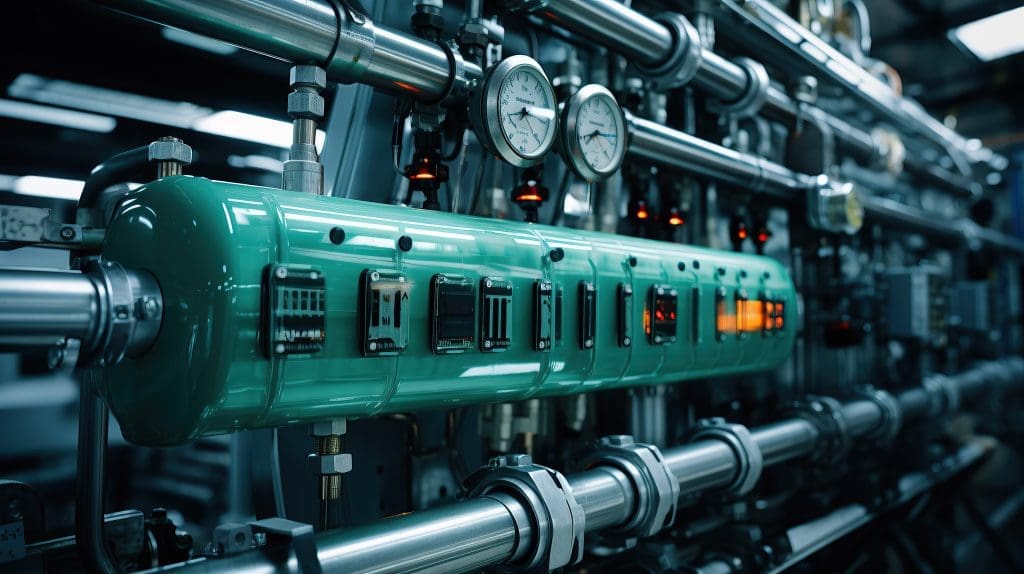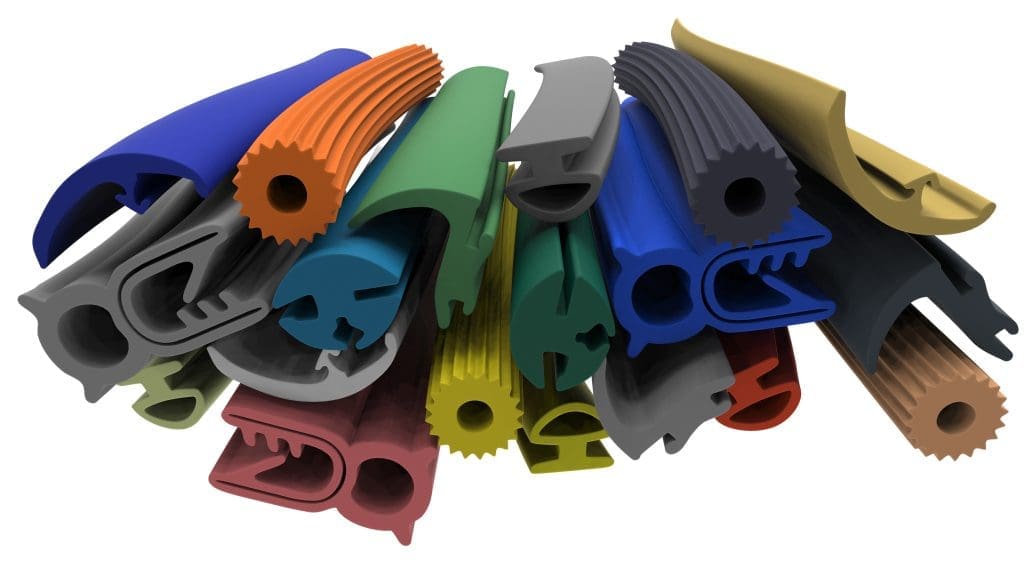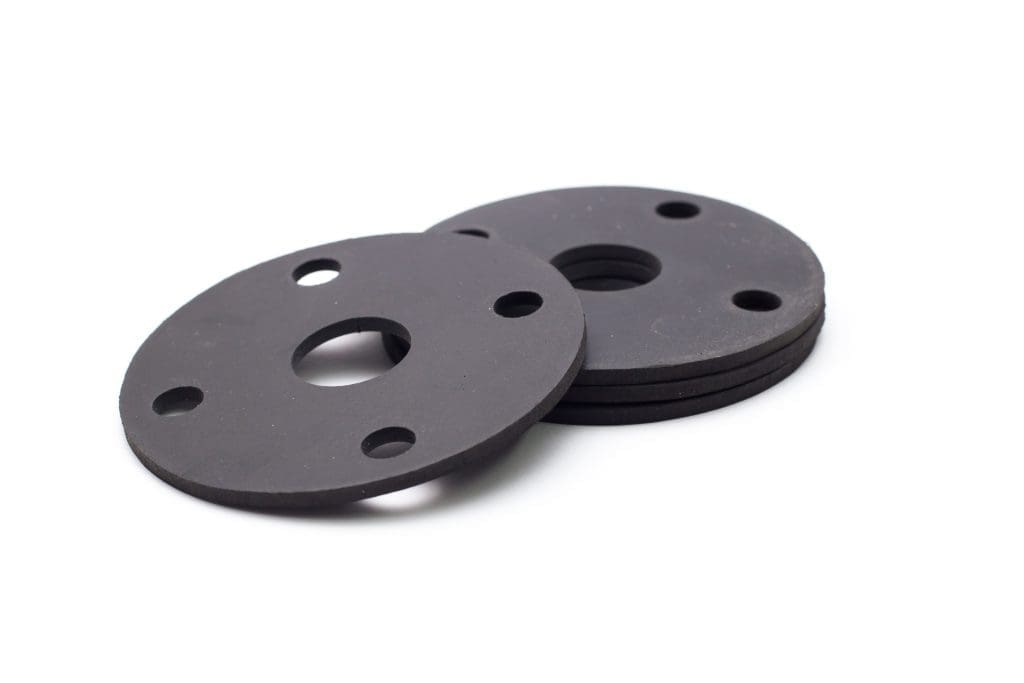Neoprene Rubber Moulding: Versatility and Durability
Neoprene rubber moulding offers unparalleled versatility and durability for a wide range of applications. Recognised for its exceptional resistance to a variety of oils, chemicals, and extreme temperatures, neoprene rubber stands out as a go-to material for countless industries. Whether used in industrial sealing, automotive components, or consumer products, neoprene rubber moulding consistently delivers unmatched performance and reliability. Its ability to maintain its flexibility in both high and low temperatures, coupled with its excellent resistance to aging and weathering, makes it an ideal choice for outdoor applications.
With neoprene moulding, manufacturers can create intricate shapes, sizes, and designs to meet specific requirements. Its unique properties allow for precision moulding, enabling the production of high-quality parts and components. From gaskets and seals to protective gear and sporting goods, neoprene moulding continues to prove its worth in various fields.
When it comes to durability, neoprene rubber moulding excels. It can withstand heavy usage and harsh environments, ensuring long-lasting performance and extended product lifespan. This makes it an attractive option for industries where reliability and longevity are paramount. If you’re looking for a versatile and durable material that offers exceptional performance, neoprene rubber moulding is the answer.

 Advantages of Neoprene Rubber Moulding
Advantages of Neoprene Rubber Moulding
Neoprene rubber moulding offers a multitude of advantages that make it a preferred choice across a multitude of industries. Firstly, its exceptional resistance to chemicals and oils sets it apart from other materials. This makes it an ideal option for applications where contact with harsh substances is common, such as in the automotive and industrial sectors. Additionally, neoprene moulding exhibits excellent resistance to extreme temperatures, ensuring its performance remains unaffected in both high and low thermal conditions.
Furthermore, neoprene rubber moulding possesses outstanding flexibility, even in low temperatures. This makes it suitable for applications in colder climates, where other materials may become brittle and lose their effectiveness. The ability of neoprene rubber to maintain its flexibility ensures the longevity and reliability of products, even under harsh conditions.
Another advantage of neoprene moulding is its resistance to ageing and weathering. This means that products made from neoprene rubber can withstand prolonged exposure to sunlight, moisture, and other environmental factors without deteriorating. As a result, neoprene rubber is commonly used in outdoor applications such as seals, gaskets, and protective gear.
Applications of Neoprene Rubber Moulding
The versatility of neoprene rubber moulding opens up a wide range of applications across various industries. One of the most common uses is in industrial sealing. Neoprene rubber seals are used to prevent leakage and provide a secure seal in machinery, pipelines, and other equipment. The exceptional chemical resistance of neoprene rubber ensures that these seals can withstand the contact with various substances without degradation.
In the automotive industry, neoprene rubber moulding finds its place in the production of components such as gaskets, hoses, and vibration mounts. These components require durability, temperature resistance, and flexibility, which neoprene rubber provides in abundance. Additionally, neoprene rubber’s resistance to oils and fuels makes it an excellent choice for automotive applications.
Neoprene rubber moulding is also widely used in consumer products. From laptop sleeves and phone cases to wetsuits and diving gear, neoprene rubber’s flexibility, durability, and resistance to water make it an ideal material for protective and recreational products. The ability to mould neoprene rubber into intricate shapes and designs enables the creation of customised products to meet specific requirements.

Properties of Neoprene Rubber
Neoprene rubber possesses a unique set of properties that contribute to its versatility and durability. One of the key properties of neoprene rubber is its excellent resistance to chemicals and oils. This allows it to maintain its integrity when exposed to substances that would deteriorate other materials. Neoprene rubber also exhibits exceptional resistance to extreme temperatures, making it suitable for applications where thermal stability is crucial.
Flexibility is another standout property of neoprene rubber. It remains pliable even in low temperatures, ensuring that products made retain their functionality and performance in colder environments. This flexibility also contributes to the ease of moulding neoprene rubber into complex shapes and designs.
Another important property of neoprene rubber is its resistance to aging and weathering. It can withstand prolonged exposure to sunlight, moisture, and other environmental factors without degrading or losing its performance. This makes it an ideal choice for outdoor applications, where products need to endure the elements over an extended period.

The moulding Process
The process involves several steps to ensure precise and high-quality components. The process begins with the preparation of the neoprene rubber compound. The compound is typically a mixture of neoprene rubber, fillers, and additives, which are blended to achieve the desired properties.
Once the compound is ready, it is placed into a tool, which is then closed and heated. The heat helps in curing the rubber, transforming it from a soft material into a solid form. The curing process depends on the specific requirements of the product and can be accelerated using heat and pressure.
After the curing process, the tool is opened, and the newly formed neoprene rubber component is removed. Any excess material is freeze trimmed, and the component may undergo further finishing processes, such as surface treatments or inspections, to ensure its quality and functionality.
Types of Neoprene Rubber moulding Techniques
Moulding techniques can be broadly categorised into two main types: compression moulding and injection moulding.
Compression moulding involves placing the neoprene rubber compound into a mould cavity and compressing it under heat and pressure. This allows the rubber to flow and fill the tool cavity, taking the shape of the desired component. Compression moulding is suitable for producing parts with intricate designs and varying thicknesses.
On the other hand, injection moulding involves injecting the neoprene rubber compound into a closed tool under high pressure. This technique allows for faster production and is ideal for creating components with consistent shapes and sizes. Injection moulding is commonly used for mass production of neoprene rubber parts.
Both compression moulding and injection moulding offer advantages depending on the specific requirements of the application. The choice of moulding technique depends on factors such as component design, volume, and cost considerations.

Industries that Benefit from Neoprene Rubber moulding
Numerous industries benefit from the versatility and durability offered by neoprene rubber moulding. In the industrial sector, neoprene rubber seals and gaskets are essential for maintaining the integrity of machinery and equipment. The exceptional chemical resistance and durability of neoprene rubber make it a reliable choice for industrial sealing applications.
The automotive industry also relies on neoprene rubber moulding for various components. Gaskets, hoses, and vibration mounts made from neoprene rubber provide essential functions such as sealing, fluid transfer, and vibration isolation. The ability of neoprene rubber to withstand extreme temperatures and resist oils and fuels ensures the performance and longevity of these components.
Consumer product manufacturers also find value in neoprene moulding. From laptop sleeves and phone cases to wetsuits and sporting goods, neoprene rubber’s flexibility, durability, and resistance to water make it an ideal material for protective and recreational products. The ability to mould neoprene rubber into customised shapes and sizes allows for the creation of innovative and functional consumer products.
Suppliers and Manufacturers
There are numerous suppliers and manufacturers that specialise in neoprene rubber moulding. These companies offer a wide range of neoprene rubber products and services to cater to various industries and applications.
When choosing a neoprene rubber moulding supplier or manufacturer, it is essential to consider factors such as their experience, expertise, and quality control processes. A reputable supplier will have a track record of delivering high-quality neoprene rubber products that meet industry standards.
Additionally, it is beneficial to work with a supplier or manufacturer that offers custom moulding services. This ensures that the neoprene rubber components can be tailored to specific requirements, allowing for optimal performance and functionality.

Conclusion: The Future of Neoprene Rubber moulding
Neoprene rubber moulding continues to be a versatile and durable solution for a wide range of industries and applications. Its exceptional resistance to chemicals, extreme temperatures, and aging makes it an ideal choice for demanding environments. The ability to mould neoprene rubber into intricate shapes and designs enables the production of high-quality components.
As technology advances and industries evolve, neoprene rubber moulding will continue to adapt and provide solutions to meet changing needs. The future of neoprene moulding looks promising, with ongoing research and development aimed at enhancing its properties and expanding its applications.
In conclusion, neoprene rubber moulding offers unparalleled versatility and durability, making it a go-to material for numerous industries. Its resistance to chemicals, extreme temperatures, and aging, coupled with its flexibility and ease of moulding, makes it a good allrounder. Whether in industrial sealing, automotive components, or consumer products, neoprene rubber moulding consistently delivers exceptional performance and reliability. As industries continue to seek materials that offer longevity and performance, neoprene moulding will undoubtedly play a crucial role in meeting these demands.
For more information about Neoprene moulding or to discuss your requirements. Contact one of our experts today.

 Advantages of Neoprene Rubber Moulding
Advantages of Neoprene Rubber Moulding